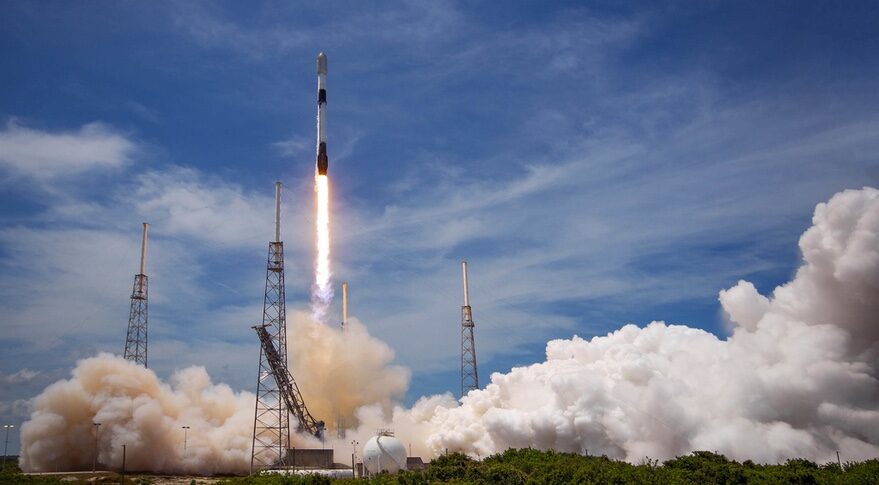
SpaceX sees continued strong demand for rideshare missions (Image Credit: Space News)
LOGAN, Utah — SpaceX, whose rideshare services have reshaped the smallsat launch market, says it continues to see strong demand with missions booked into 2025.
In a presentation at the Small Satellite Conference Aug. 9, Jarrod McLachlan, director of rideshare sales at SpaceX, said the company has launched more than 400 customer payloads through its series of Transporter missions and other rideshare opportunities with “several hundred more” payloads manifested for launch.
“One of the questions that we’re getting a lot is, ‘How full are you guys?’” he said. “All the Transporters are fully manifested in 2023 and we’re getting pretty full in 2024. We’ve really seen a strong market demand.”
SpaceX has performed five Transporter missions to date, with another scheduled before the end of the year. The company expects to average about three Transporter missions a year, all to sun-synchronous orbits, as well as occasional rideshare opportunities on Starlink and other launches.
While the near-term manifest is full, McLachlan said there should be opportunities for customers looking for last-minute rides to find a slot. “We get a lot of movement in the manifest, a lot of customers coming off and on,” he said. “We’re often able to backfill customers.” In addition, launch brokers who procure ports on Transporter launches often have room to accommodate latecomers.
SpaceX has rideshare customers booked on missions to sun-synchronous orbit as late as 2025, he said. The company is also booking rides on Starlink missions as well as “traditional” rideshare opportunities where a launch of a primary payload has excess capacity. There are also rideshare opportunities for missions to geostationary transfer orbit and to the moon.
SpaceX recently updated its rideshare payload users guide. “Based on what we’ve seen in regards to mission assurance, we’ve simplified our testing approach,” he said. Some tests are now advised rather than required, or in other cases testing requirements have changed.
Cubesat testing has also been simplified. “For fully containerized cubesats, we’ve actually reduced the test requirements drastically,” he said, focused on random vibration, electromagnetic interference and pressure system testing. However, he said the company still strongly advised customers to perform integrated testing of their satelites for mission assurance.
Those rideshare missions have been using the Falcon 9, but McLachlan said SpaceX is starting to think about rideshare missions involving the much larger Starship vehicle in development. “We are working on the rideshare configuration and smallsat offerings for Starship,” he said, although the company is not ready to announce any specific rideshare opportunities. “The team is fully focused on first flight.”








